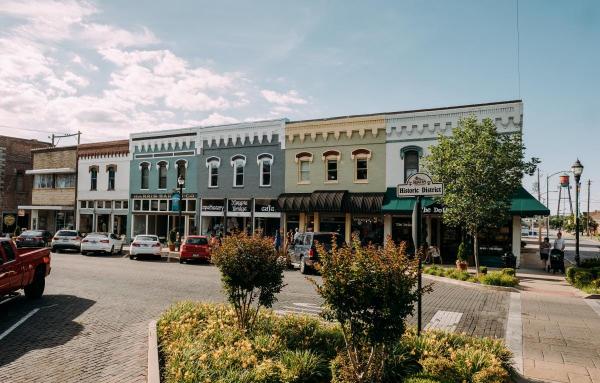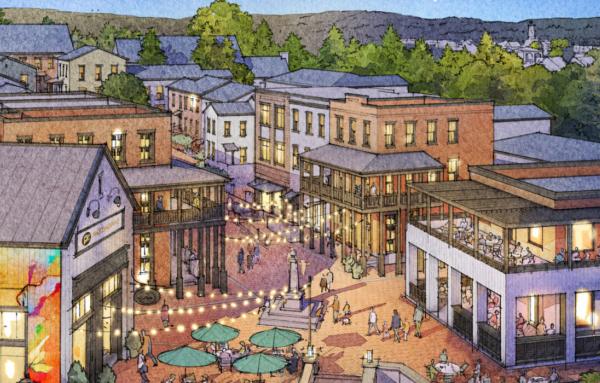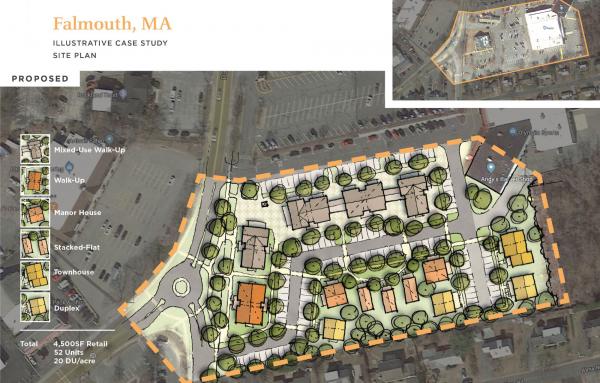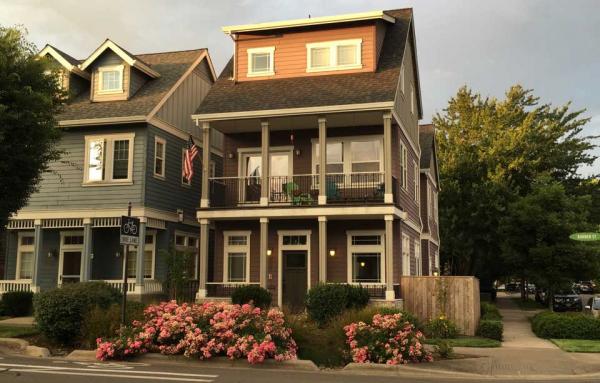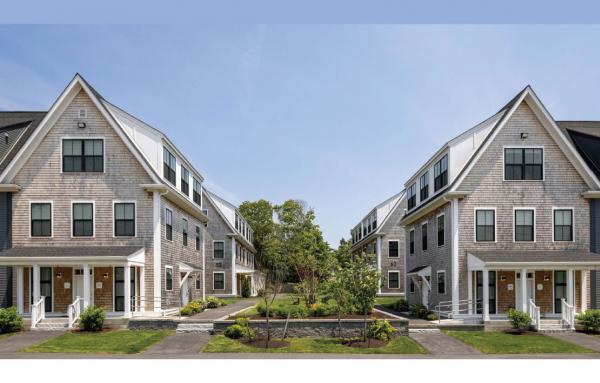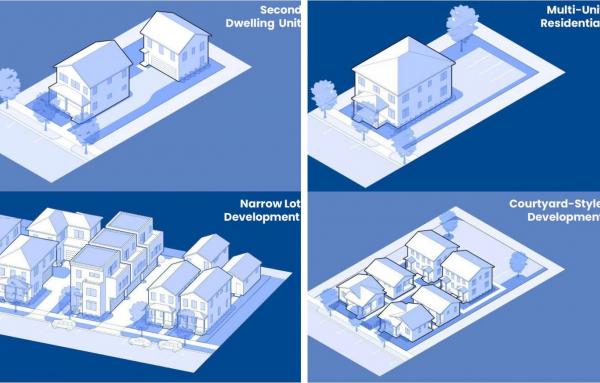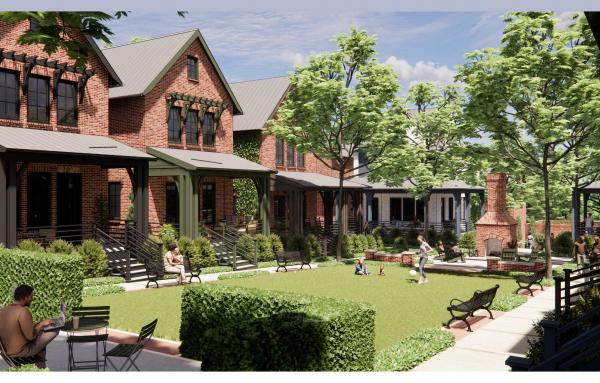Missing middle
America is aging. Let's make places worth aging in.
A series of small neighborhoods will be built with Missing Middle housing in a suburban part of Athens.
Vermont Homes for All Toolkit provides statewide support for Missing Middle housing. Utile, Inc. won a 2025 CNU Charter Award in The Region: Metropolis, City and Town category.
Cape Cod Resiliency: Missing Middle changed the perception and implementation of housing on Cape Cod, Massachusetts. Union Studio Architecture & Community Design won a 2025 CNU Charter Award in The Region: Metropolis, City and Town category.
Single-family housing on narrow lots, sometimes called “detached townhouses,” can solve many problems for small-lot, economical, and efficient housing.
How does our world now compare to the conditions under which prehistoric creatures or historic building cultures thrived?
A small site project offers density and new housing options for Hyannis, Massachusetts, with design that improves an old streetscape.
While missing middle housing is often touted as an answer to rising housing prices, a Virginia court struck down a statute in Arlington, Virginia in late September.
A group of property owners sued Arlington County (effectively a satellite...
The citywide legislation tailors missing middle options to different neighborhoods, and a sliding scale floor-area ratio (FAR) supports more attainable building types.
River City Rising shows how Spokane draws on its streetcar neighborhood origins to address its current housing problems.
The Ember in Edmond, Oklahoma, is designed so that all neighbors will feel part of the whole via a central gathering space.
Although Houston is famous for having no zoning, its land-use codes are nearly as complicated. Imminent revision of parking, dwelling, and lot size rules could trigger a wave of sorely needed missing middle housing.
